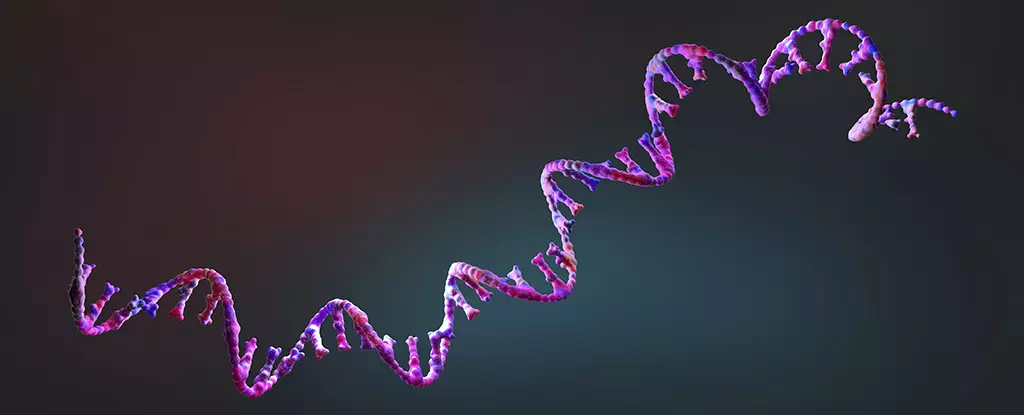The journey of life’s beginnings on Earth has long captivated scientists and sparked numerous theories. A recent breakthrough in laboratory conditions has shed light on how the first complex molecules may have found stability, initiating the path towards the emergence of living organisms. This endeavor not only deepens our understanding of molecular chemistry but also offers a glimpse into the profound simplicity of life’s origins beneath the complexity we currently observe.
For decades, researchers have been puzzled by a fundamental question: how did simple molecules, abundant in the primordial waters of early Earth, connect and evolve into intricate structures like RNA (ribonucleic acid)? These RNA-like molecules are crucial because they serve both as carriers of genetic information and as catalysts for their own replication. A team from Germany, led by chemist Job Boekhoven, sought to mimic the conditions of ancient Earth to gain insight into this perplexing transition.
By recreating an environment that reflects the early Earth’s chemistry, scientists were able to study synthetic RNA-like units. These units were designed to self-assemble and interact with one another under conditions that resemble those believed to have existed billions of years ago. Their objective was not merely to observe the behavior of these molecules but to understand the mechanisms that led to the formation of life.
In an innovative laboratory setup, the researchers exposed RNA-like units to high-energy molecules—serving as a ‘fuel’ that could facilitate molecular interaction. Initially, these units joined together and just as swiftly broke apart, demonstrating their natural instability when left to their own devices. However, a significant change occurred when short strands of preformed DNA (deoxyribonucleic acid) were introduced into the mix. This addition transformed the dynamics of molecular assembly.
The presence of DNA templates guided the RNA-like units toward more stable formations, allowing them to pair into double strands. As Boekhoven highlighted, this was not just a mere synthesis of molecules; the stable double strands were pertinent for RNA folding, an essential characteristic for catalytic activity. This potential for catalytic action indicates a pivotal step towards the self-sustaining processes that define living systems.
Intriguingly, the introduction of the DNA templates revealed a phenomenon reminiscent of natural selection. The researchers observed that certain structures exhibited traits essential for life, including mobility, self-replication, and adaptability to their environment. This observation provided a compelling narrative as to how life could have emerged from simple chemical processes. It postulates that the first life forms could have started as molecular structures capable of evolving based on environmental pressures, much like modern organisms.
It was also revealed that as these RNA-like units began utilizing the templates for copying, there were observable changes within the membrane surrounding them. This unexpected interaction indicates a synergistic relationship where the replication of genetic material influenced overall molecular stability and environmental adaptation.
Despite the advances made, significant questions remain regarding the initial genesis of these DNA templates. The origins of genetic material are pivotal in understanding how life began; thus, the researchers are investigating several hypotheses surrounding their formation. One of the possible lines of inquiry is whether RNA molecules themselves could have contributed to the development of complementary strands, enabling a more complex interaction.
The origin of life remains one of the most profound and challenging subjects in science. It encompasses myriad interconnected processes that have each birthed numerous hypotheses over time. This latest research enriches the existing body of knowledge regarding the interplay of RNA and DNA in the early development of life, highlighting the intricate pathways that may have occurred.
Reflections on Modern Scientific Endeavors
The implications of this research extend beyond academia; they underline the astonishing power of modern scientific methods. By simulating conditions from billions of years ago, researchers can accelerate our understanding of life’s formation, paving the way for future explorations. With no luxury of time, as Boekhoven stated, the fast-paced nature of scientific discovery holds great promise in unraveling the mysteries of our existence.
Understanding the origins of life is not merely about tracing the genetic roots of today’s organisms but also about appreciating the elegant simplicity from which they arose. The intersection of synthetic biology and molecular chemistry, as demonstrated in these experiments, continues to challenge and inspire our comprehension of life’s earliest chapters.


Leave a Reply